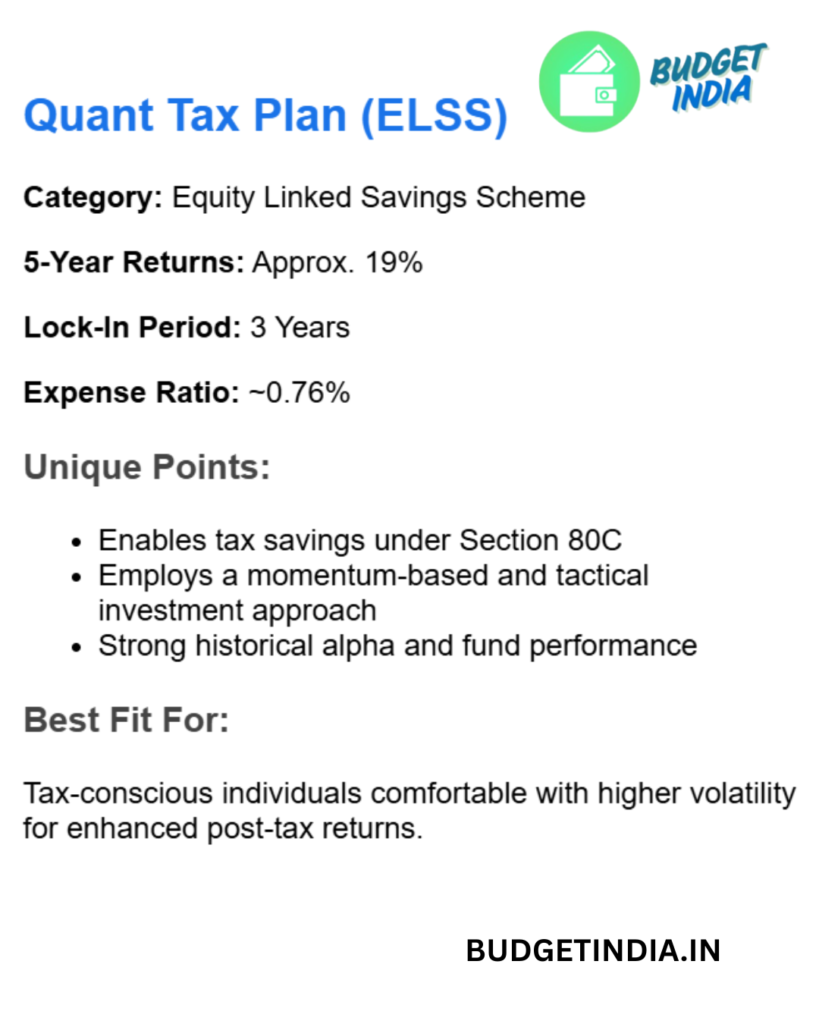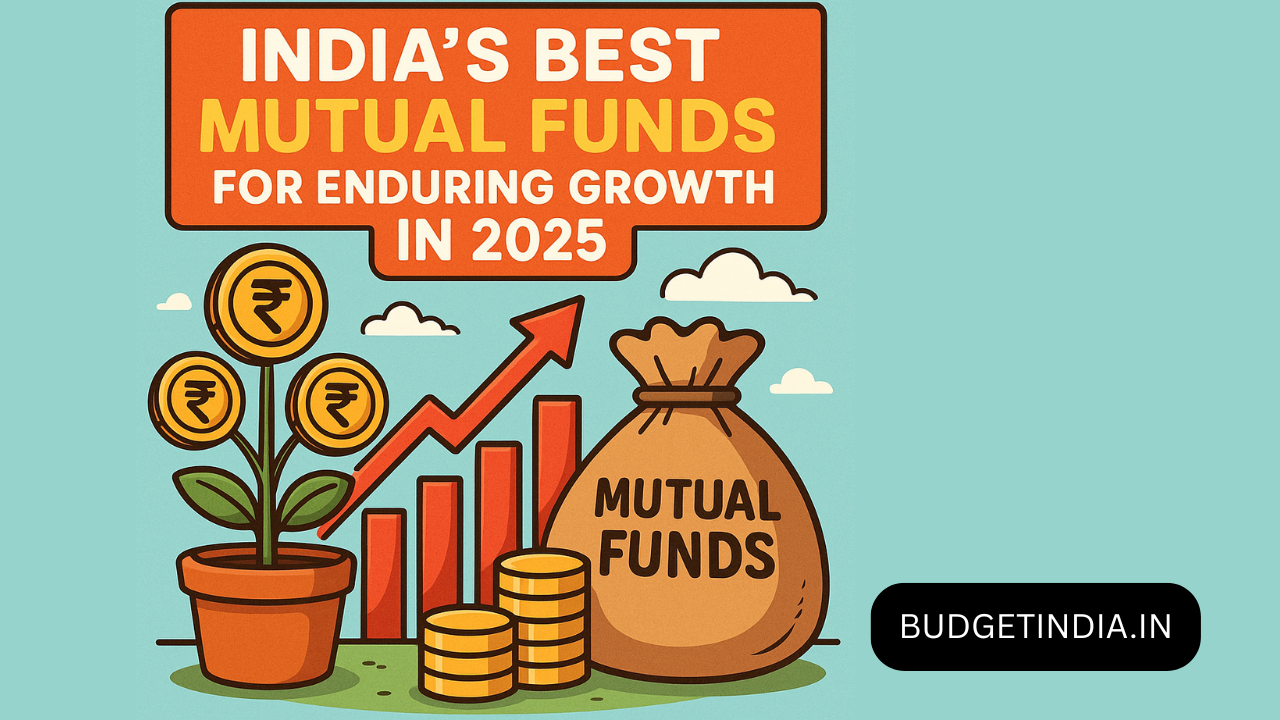Investing in Mutual Funds for a period of five years or more is a proven strategy for substantial wealth accumulation. This long-term approach harnesses the power of compounding, reduces the impact of market volatility, and supports critical financial goals such as:
- Building a retirement corpus
- Purchasing real estate or property
- Funding children’s higher education or marriage
- Attaining financial independence
1. Why Choose Mutual Funds for Prolonged Wealth Goals
Mutual funds are managed by financial experts, deliver broad market exposure, and are available across various risk-return profiles. Key benefits include:
- Professional portfolio oversight
- Asset diversification across multiple sectors
- Custom investment solutions for specific life goals
- Tax-saving options through instruments like ELSS
As India’s financial ecosystem continues to evolve in 2025, mutual funds remain a reliable route for building long-term capital.
Top 10 Mutual Funds for Extended Investment in 2025
2.1 Parag Parikh Flexi Cap Fund
Category: Flexi Cap
5-Year CAGR: Approx. 15.3%
Assets Under Management (AUM): ₹45,000+ Crore
Expense Ratio (Direct): ~0.74%
Key Features:
- Invests across Indian and global equities (including firms such as Amazon and Alphabet)
- Focuses on undervalued yet fundamentally strong enterprises
- Lower volatility relative to peers
Ideal For:
Moderate-risk investors seeking global exposure and long-term capital preservation with growth.
2.2 Mirae Asset Emerging Bluechip Fund
Category: Large & Mid Cap
5-Year Return: Approx. 17%
AUM: ₹32,000+ Crore
Expense Ratio: ~0.66%
Core Strengths:
- Blends the resilience of large-cap companies with the expansion potential of mid-caps
- Prioritizes enterprises with competent management and futuristic business models
- Outperforms standard benchmarks consistently
Recommended For:
Investors targeting elevated returns with medium volatility over the long run.
2.3 Axis Bluechip Fund
Segment: Large Cap
5-Year Growth: Approx. 12.5%
AUM: ₹35,000+ Crore
Expense Rate: ~0.51%
Advantages:
- Emphasizes investments in India’s most stable corporations
- Strong corporate governance and consistent earnings
- Suitable for conservative investment strategies
Best Suited For:
Risk-averse investors seeking dependable growth with minimal deviation.
2.4 SBI Small Cap Fund
Type: Small Cap
5-Year CAGR: Approx. 20%
AUM: ₹20,000+ Crore
Expense Ratio: ~0.89%
Key Attributes:
- Targets emerging and high-potential businesses
- Thorough research and stock selection process
- Potential for significant wealth creation over the long term
Preferred By:
Aggressive investors with a 7–10 year horizon and tolerance for market swings.
2.5 HDFC Flexi Cap Fund
Category: Flexi Cap
5-Year Yield: Approx. 14%
AUM: ₹32,000+ Crore
Expense Rate: ~0.95%
Distinct Traits:
- Diversifies across large, mid, and small-cap stocks
- Balances risk and growth potential
- Reacts dynamically to market trends
Ideal For:
Investors seeking adaptability and consistent returns through varied market cycles.
2.6 Quant Tax Plan (ELSS)
Category: Equity Linked Savings Scheme
5-Year Returns: Approx. 19%
Lock-In Period: 3 Years
Expense Ratio: ~0.76%
Unique Points:
- Enables tax savings under Section 80C
- Employs a momentum-based and tactical investment approach
- Strong historical alpha and fund performance
Best Fit For:
Tax-conscious individuals comfortable with higher volatility for enhanced post-tax returns.

2.7 Kotak Emerging Equity Fund
Type: Mid Cap
5-Year Growth: Approx. 16%
AUM: ₹28,000+ Crore
Expense Ratio: ~0.71%
Notable Strengths:
- Focuses on future market leaders in the mid-cap segment
- Maintains balanced diversification
- Historically steady across different economic phases
Ideal Investors:
Individuals looking for growth potential with moderate risk exposure.
2.8 HDFC Balanced Advantage Fund
Type: Hybrid – Dynamic Asset Allocation
5-Year Performance: Approx. 11%
Fund Size: ₹58,000+ Crore
Expense Ratio: ~0.97%
Key Characteristics:
- Automatically rebalances between equity and debt based on market conditions
- Reduces downside risk
- Facilitates stable wealth development
Perfect For:
Risk-averse investors seeking predictable returns and capital protection.
2.9 ICICI Prudential Bluechip Fund
Type: Large Cap
5-Year Returns: Approx. 13%
Assets: ₹40,000+ Crore
Expense Rate: ~0.65%
Benefits:
- Invests in industry-dominant, financially sound businesses
- Consistent track record
- Excellent as a foundational component of a diversified portfolio
Target Audience:
Conservative investors desiring steady equity exposure with limited volatility.
2.10 Nippon India Small Cap Fund
Segment: Small Cap
5-Year CAGR: Approx. 21%
AUM: ₹38,000+ Crore
Expense Rate: ~0.80%
Core Highlights:
- Concentrates on rapidly expanding small-cap companies
- Offers high capital growth potential over time
- Led by a seasoned fund management team
Suited For:
Experienced investors willing to accept near-term fluctuations for long-term appreciation.
Conclusion
Long-term investing requires vision, discipline, and patience. Selecting mutual funds that align with your risk tolerance and financial aspirations is essential for building a solid wealth foundation.
- Begin early
- Maintain consistency
- Monitor and rebalance
- Allow compounding to work over time
The most sustainable wealth is cultivated steadily—not rapidly—through strategic decisions and unwavering commitment.
Frequently Asked Questions (FAQs)
- What defines a long-term mutual fund investment?
Typically, any investment held for five or more years qualifies as long-term. This timeframe allows the investor to benefit from compounding and navigate market volatility effectively.
2. Which is more advisable: SIP or Lump Sum?
- SIP (Systematic Investment Plan): Recommended for consistent investing and market averaging.
- Lump Sum: Suitable when deploying large amounts during favorable market conditions.
3. Are small-cap funds suitable for prolonged investments?
Yes, albeit with caution. Small-cap funds may exhibit higher short-term risk, but their long-term growth prospects are often substantial for investors with extended investment periods.
4. How frequently should I assess my portfolio?
Annual reviews are typically adequate. Focus on performance comparison, portfolio alignment with life goals, and fund consistency.
5. Do mutual funds provide tax advantages?
Yes. ELSS funds qualify for deductions up






Leave a Reply